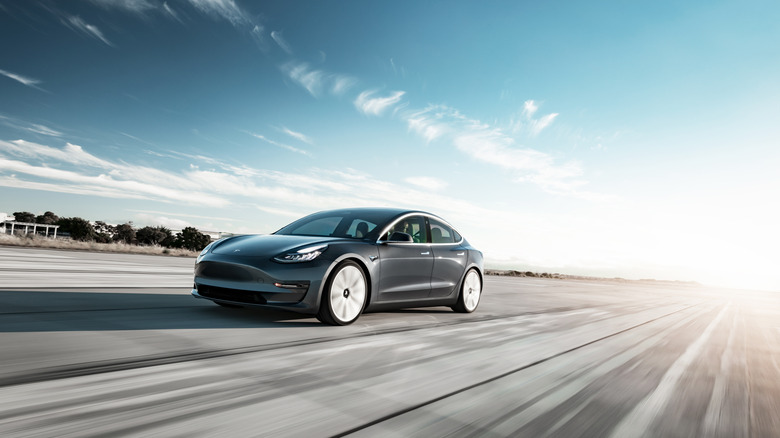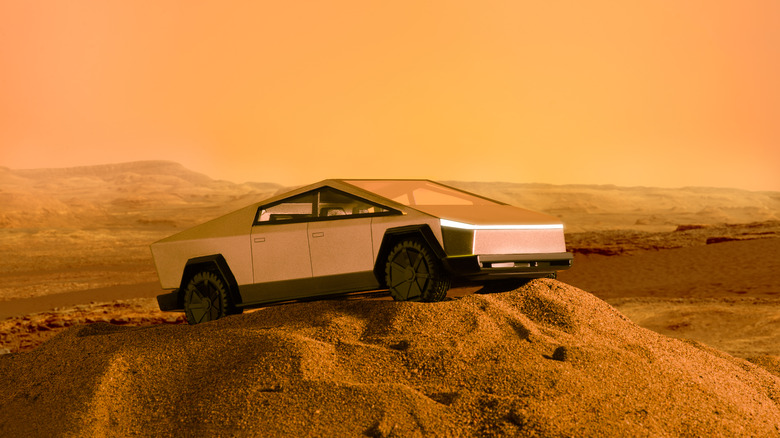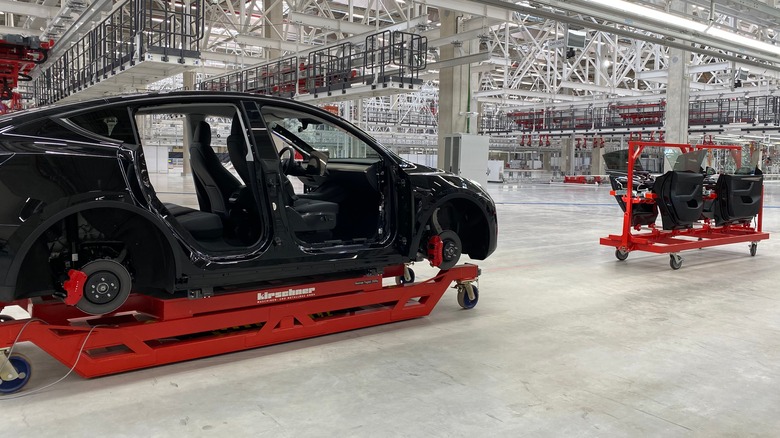Tesla Model C: Will We Ever See This Smaller, Cheaper Model?
Back in 2006, Tesla's then-chairman Elon Musk wrote a blog post explaining his plans for the company's future. In short, the roadmap laid out a plan to build an electric sports car, then use the profits to make and sell an affordable electric car, and use the profits from that car to make an even more affordable electric car.
Now 17 years old, that plan broadly covers the original Tesla Roadster, the Model S, and the Model 3. But it's a plan that can simply be replicated for as long as the economies of scale and lowering costs of EV technologies allow.
The next logical step is an EV that's even more affordable than today's Model 3 and Model Y. Although it doesn't have an official name yet, this is where the so-called Model C comes in.
Musk first announced such a car in 2018, saying Tesla could "maybe" make it a reality in three years' time, reported CNBC. Musk added: "I think in order for us to get to...a $25,000 car, that's something we can do...But if we work really hard I think maybe we can do that in about three years."
A similar statement appeared again at Tesla's Battery Day event in September 2020. During a two-hour presentation, Musk said: "We're confident that long term, we can design and manufacture a compelling $25,000 electric vehicle...this has always been our dream, from the beginning of the company."
'Too much on our plate'
The Tesla boss said such a car was still about three years away, and that it would be "fully autonomous."
Musk has a long history of setting and then missing deadlines for making full autonomy a reality. Instead, let's stay focused on the $25,000 Tesla.
Musk's original timeline put the car at around 2021. But in January 2022 he said during Tesla's fourth-quarter earnings call that the company wasn't currently working on a $25,000 car. "At some point, we will," Musk said. "We have enough on our plate right now. Too much on our plate, frankly."
Tesla went on to have a turbulent 2022, its share price tumbling over 60 percent in the course of the year despite strong sales in growing EV markets like the UK, where the Model Y was the best-selling car of any kind in December, according to data from the SMMT.
Speaking at Tesla's most recent financial results briefing, also in December 2022, Musk again spoke about an entry-level Tesla, only this time with good news for potential buyers. "We've done the engineering for the Cybertruck and Semi, so you can guess what we're working on, which is the next-generation vehicle that will be about half the cost of the Model 3 and Y platform," Auto Express reports Musk as saying. "It will be smaller, to be fair, but I think it will shortly exceed the production of all our other vehicles combined."
A 50 percent saving
Musk continued: "We don't want to talk exact dates, but this is the primary focus of our new-vehicle development team. We're going to take everything we learned from S, X, 3, and Y, the Cybertruck, and the Semi into that platform. We're trying to get to that 50 percent number again."
Describing the new car as half the cost of the Model 3 and Model Y does not mean it'll be half the price to buy. Musk is instead referring to the cost of developing the vehicle, which is already something Tesla has successfully reduced in recent years.
Huge cost savings were made when Tesla took what it learned from the Model 3 and began producing the Model Y. Although using the same platform and visually very similar, the cars are produced differently. Auto Express explains how just a pair of larger stamped components in the body shell do the job of 171 individual parts in the Model 3. This reportedly saves over 1,600 welds during the production process.
Further cost savings for the so-called Model C will likely be made in its battery pack, and Tesla's choice of the type of battery cell used.
If it does ever arrive, the smaller Tesla will likely be very popular in European countries like the U.K., France, and Germany, where drivers tend to prefer smaller cars that are easier to drive and park on narrow city streets.


